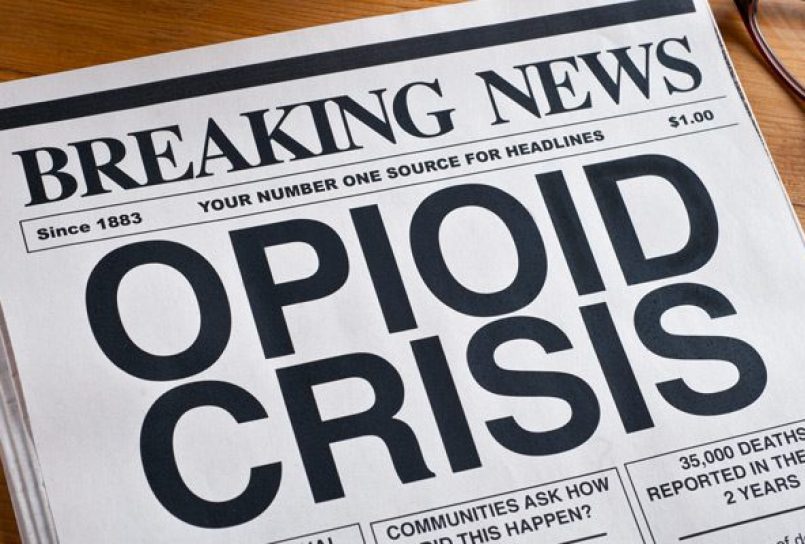For the first time, in 2021 the number of overdose deaths surged past 100,000. The majority of overdose deaths were among individuals addicted to opiates. The pressures of the pandemic exacerbated the devastation of addiction and created a storm of death for the most vulnerable.
The pandemic kept this horrifying development off the front page. For the first time in recorded history, annual drug overdose deaths climbed past 100,000 in the 12-month period ending in April 2021.
According to the Centers for Disease Control and Prevention’s National Center for Health Statistics, there was a 28.5 percent increase from the 78,000 deaths in the prior year, with 75 percent of overdose deaths caused by opioids, mostly of the synthetic variety.
The 12-month period between May 2020 and April 2021 coincided with the beginning of the COVID-19 pandemic, which cut people’s access to treatment and increased the number of patients reporting mental health issues.

The Effects of COVID-19 on the Opioid Crisis
The lockdown restrictions that began in the early weeks of the pandemic led to an increased stress of isolation and cut off the support offered by 12-step programs, which could have encouraged relapses among people who were in remission. Moreover, people struggling with addiction may have faced greater difficulty accessing the necessary treatment.
Legislative Action
Though Congress made efforts to address the opioid crisis, unfortunately it wasn’t at the top of their legislative to-do list in 2021.
According to an article by The New Republic, “The National Defense Authorization Act for Fiscal Year 2022, which was signed by President Joe Biden in December, included an amendment to identify countries that are major producers or distributors of illicit fentanyl and to withhold some foreign aid unless they classify the drug and crack down on traffickers.”
Two senators from states hit disproportionately hard by the opioid crisis, Democratic Senator Joe Manchin of West Virginia and Republican Senator Rob Portman of Ohio, reintroduced a bipartisan bill to permanently “schedule,” or classify, illicit fentanyl, allowing federal law enforcement to take action against drug manufacturers and distributors.

Funding Challenges
In early December 2021, several Democrats reintroduced the Comprehensive Addiction Resources Emergency Act, which would provide $125 billion over 10 years to address substance use. The bill would offer targeted funding for states, cities, and counties, as well as cover the costs of research and training.
However, much more action is necessary to address the opioid crisis. Additional funding doesn’t just mean additional rehab beds, but long-term outpatient programs with access to treatment like buprenorphine, a drug prescribed to combat opioid use disorder.
Medical practitioners currently still need federal permission to prescribe buprenorphine, limiting the number of physicians who can treat patients struggling with opioid addiction.







